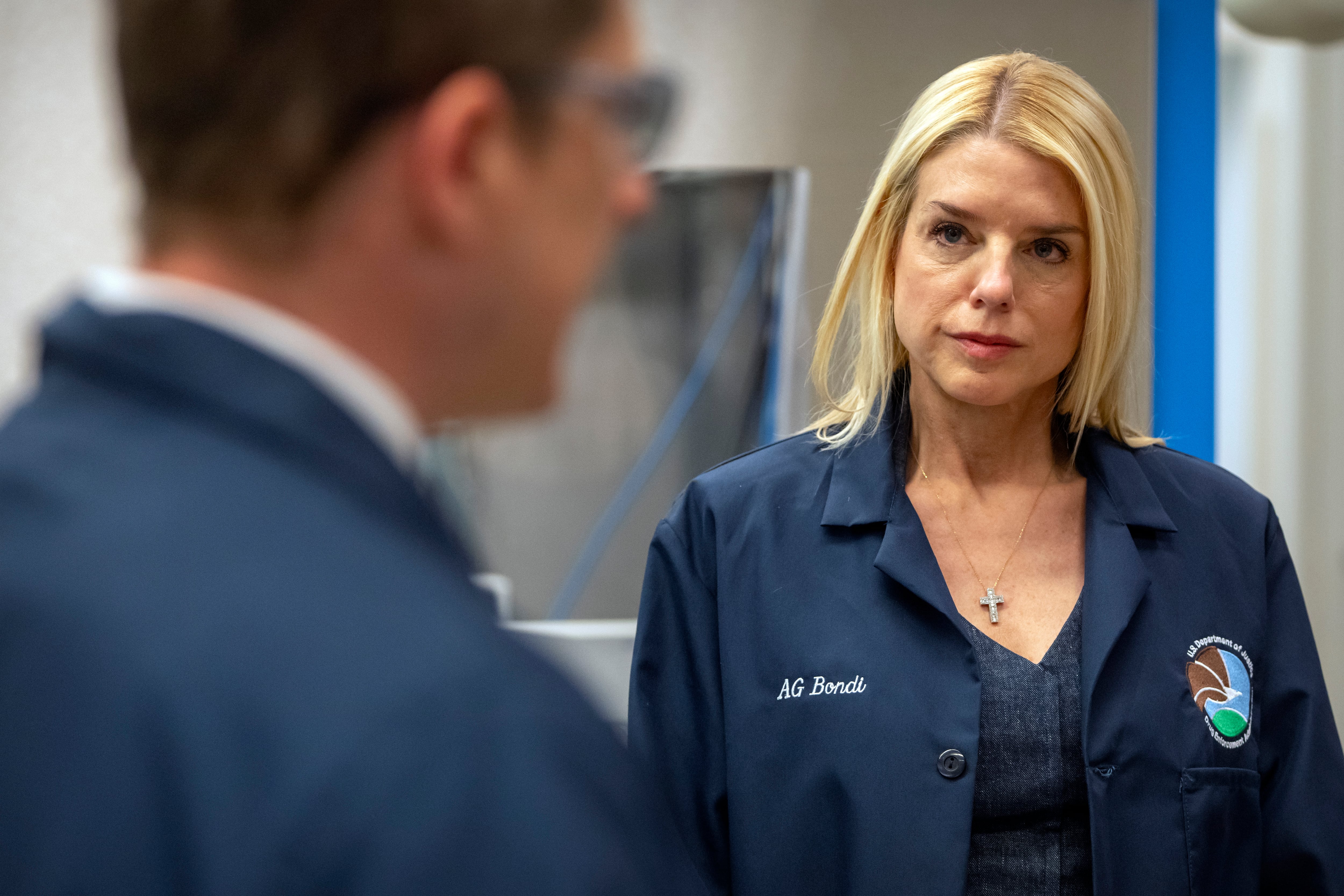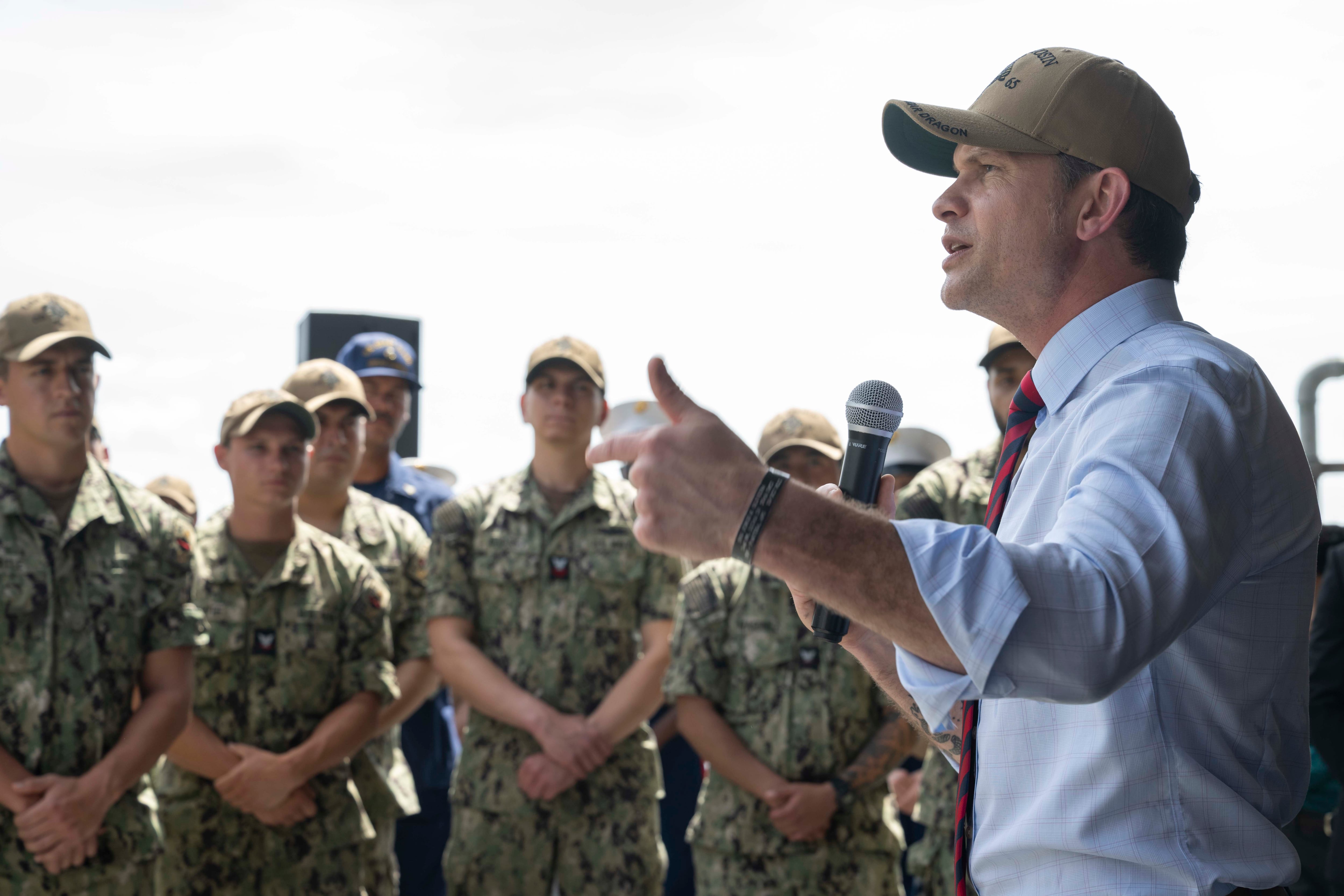It probably won't look like Google's self-driving Prius, but the Marine Corps will soon get a hybrid-electric unmanned prototype vehicle as driverless technology gets more tactical.
The Marine Corps Warfighting Laboratory will build that prototype in 2016, said David Dahn, project officer for the Ground Unmanned Support Surrogate, the lab's driverless vehicle project. It's one of many developments planned to increase Marines' tactical advantage as autonomous vehicle technology gets smarter and more capable.
The diesel-electric hybrid requirement came after the Advanced Warfighting Experiment at Rim of the Pacific in Hawaii, where Marines got to test out the GUSS system on a Polaris off-road vehicle — a cross between a tactical golf cart and a four-wheeler — during various exercises.
"One of the complaints we got from the Marines all the time: it's diesel engines, too loud," Dahn said. "These are dismounted forces; they just want to be off in the jungle. They don't want a lot of noise going on and when you've got a diesel vehicle within 100 yards of you, it makes it a little bit difficult to be stealthy."
In the coming year, the lab will also work to refine the system's towing and backing capabilities, possibly adding a third sensor to the rear of the vehicle to improve its "sight" when it hits reverse. In an upcoming limited technical assessment next year, Dahn said lab personnel will also work to improve how the system characterizes and classifies terrain through multispectral imagery.
Budget cuts mean fewer dollars to invest, but with a lighter footprint and planning for distributed missions, the Marine Corps could benefit from driverless vehicles, said John Bryant, senior vice president of Defense Programs at Oshkosh Defense. Oshkosh's TerraMax unmanned ground vehicle technology has been in development for years and is now so sophisticated it's impossible to tell there's no driver behind the wheel, he said.
"You don't need a convoy full of people to handle a logistics convoy," Bryant said. "You could supply a remotely stationed outpost with nobody in the convoy. You could have remote units leave their vehicles somewhere, engaged in a fight and a raid or reconnaissance and then call the vehicles up to meet them. It allows so much flexibility for the warfighter."
One of the greatest challenges with the technology, Bryant said, is convincing troops to trust that it works.
"During most of our demonstrations, we actually put an operator in the vehicle because people are afraid, they don't believe what this thing can do," he said.
It's not clear what the future Marine Corps requirement for autonomous vehicle technology will be, but Oshkosh was awarded a contract from the Office of Naval Research in May to develop the TerraMax system for counter-improvised explosive device missions. According to a company release, the project will culminate with a technology concept demonstration in 2015. In the meantime, Bryant said the technology keeps maturing.
"We're constantly evolving the algorithms," Bryant said. "Every day we work to make this vehicle behave more and more like a human being."





